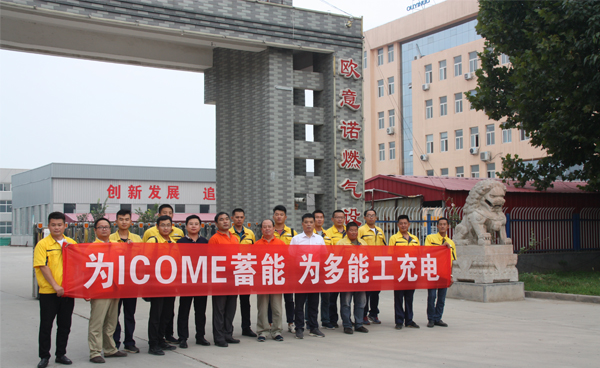
10 月 . 01, 2024 03:11
Back to list
Exploring the Importance of Natural Gas Valves in Modern Energy Systems
Understanding Natural Gas Valves An Essential Component in Energy Distribution
Natural gas plays a critical role in the energy landscape of many countries around the world, providing a cleaner alternative to coal and oil for heating, electricity generation, and industrial processes. At the heart of natural gas systems are gas valves, which are essential components that ensure the safe and efficient transport of gas from production sites to consumers. This article explores the various types of natural gas valves, their functions, and the importance of maintenance to ensure safety and efficiency.
Types of Natural Gas Valves
Natural gas valves come in several types, each designed for specific functions and applications. The most common types include
1. Ball Valves Ball valves are widely used in natural gas applications due to their ability to provide a tight seal and quick shut-off. Their design includes a hollow, perforated sphere (the ball) that rotates to open or close the flow of gas. Known for their durability and reliability, ball valves can handle high-pressure environments and are resistant to wear and tear.
2. Gate Valves Gate valves are used primarily for on/off applications. They are designed to be fully open or fully closed, making them ideal for situations where minimal pressure drop and full flow are needed. However, gate valves should not be used for throttling purposes, as they can become damaged if partially opened.
3. Globe Valves Unlike gate valves, globe valves are designed to regulate flow. Their internal structure allows for precise control of the flow rate of natural gas, making them suitable for applications where the pressure needs to be adjusted frequently.
4. Check Valves Check valves are essential for preventing backflow in a natural gas system. They automatically close if the flow of gas reverses, protecting the integrity of the pipeline and ensuring that gas only flows in one direction.
5. Pressure Relief Valves These valves play a vital role in safety by releasing excess pressure within pipelines. In the event of over-pressurization, pressure relief valves act to prevent catastrophic failures or explosions, ensuring that the system operates within safe limits.
natural gas valve

The Importance of Maintenance
With the critical role that gas valves play in the transportation and regulation of natural gas, proper maintenance is essential for safety and efficiency. Regular inspections can identify wear and tear, corrosion, or other issues before they escalate into major problems.
Maintenance procedures may involve
- Visual Inspections Regularly checking valves for signs of leakage, corrosion, or mechanical malfunction. Even small leaks can lead to significant safety hazards. - Testing Valve Functionality Ensuring that valves open and close properly and that their sealing capabilities remain intact.
- Cleaning Sediments, rust, and debris can accumulate within valves, affecting their operation. Periodic cleaning helps maintain optimal performance.
- Replacement Over time, valves may deteriorate to the point where they can no longer function effectively. Having a replacement plan is crucial to minimize downtime in operations.
Conclusion
Natural gas valves are integral to the safe and efficient distribution of natural gas. Their various types cater to different needs, from controlling flow and pressure to preventing backflow and ensuring safety. Understanding their operation and the necessary maintenance practices is essential for anyone involved in the natural gas industry. By prioritizing valve maintenance and implementing standard operational protocols, sectors reliant on this vital energy source can help safeguard infrastructure, enhance efficiency, and promote better safety standards in the distribution of natural gas. As the world continues to seek cleaner energy solutions, the importance of maintaining robust and safe natural gas systems will only increase.
Next:
Latest news
-
Unlocking The Quality Gas Pressure ReducersNewsNov.01,2024
-
The Role of Gas Pressure Reducing StationsNewsNov.01,2024
-
The Importance and Functionality of Safety Relief ValvesNewsNov.01,2024
-
The Essential Role of Safety Valves in Natural Gas ApplicationsNewsNov.01,2024
-
The Essential Role of Gas Pressure RegulatorsNewsNov.01,2024
-
Enhance Your Premium Gas FiltersNewsNov.01,2024

